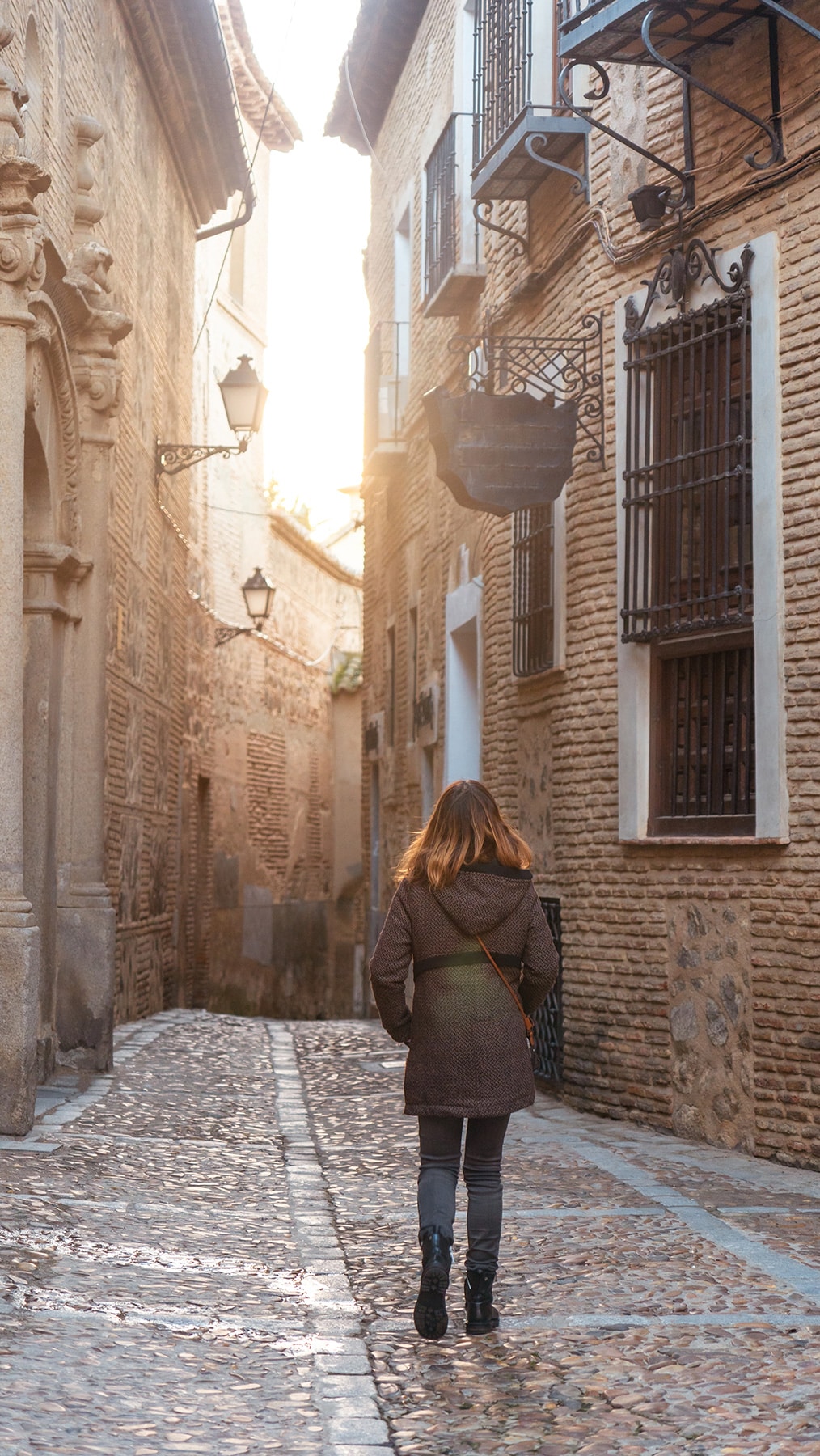Doncellas Nobles
to complete their exquisite education
VISIT US
Visit the
Royal College of Doncellas Nobles
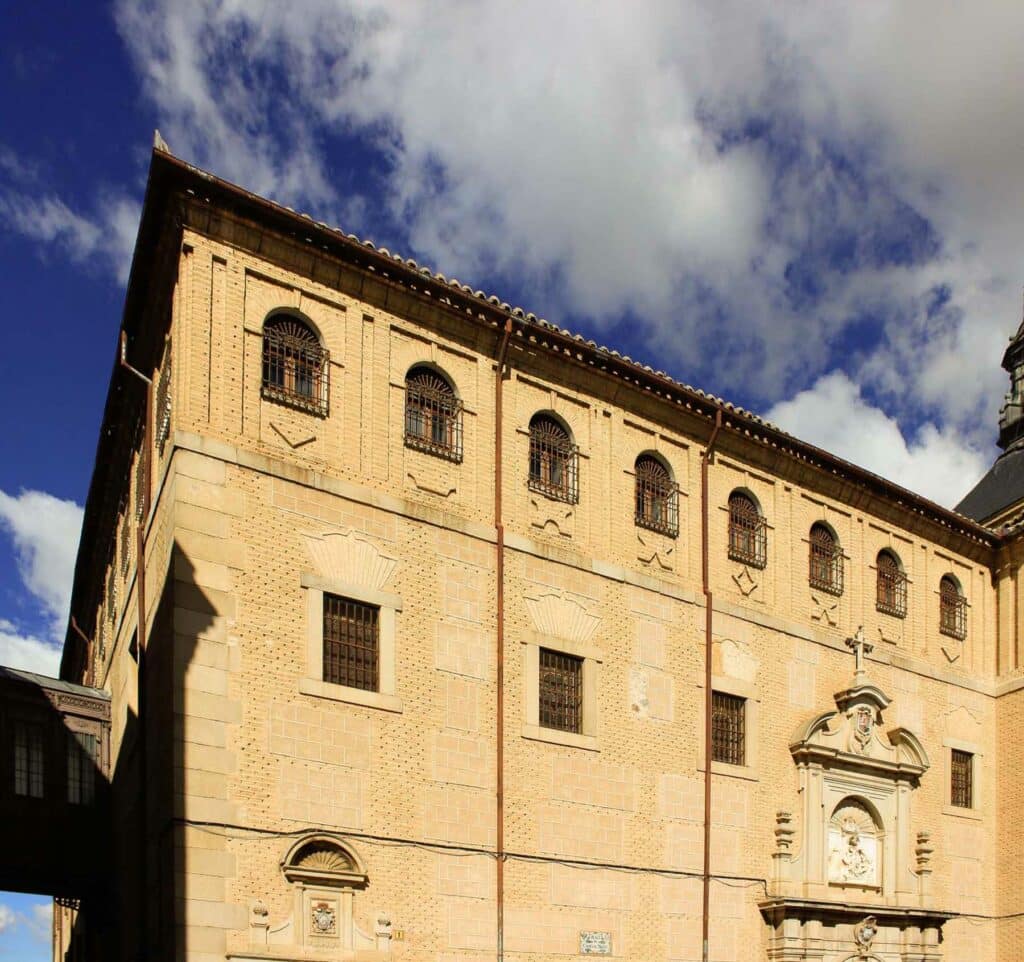
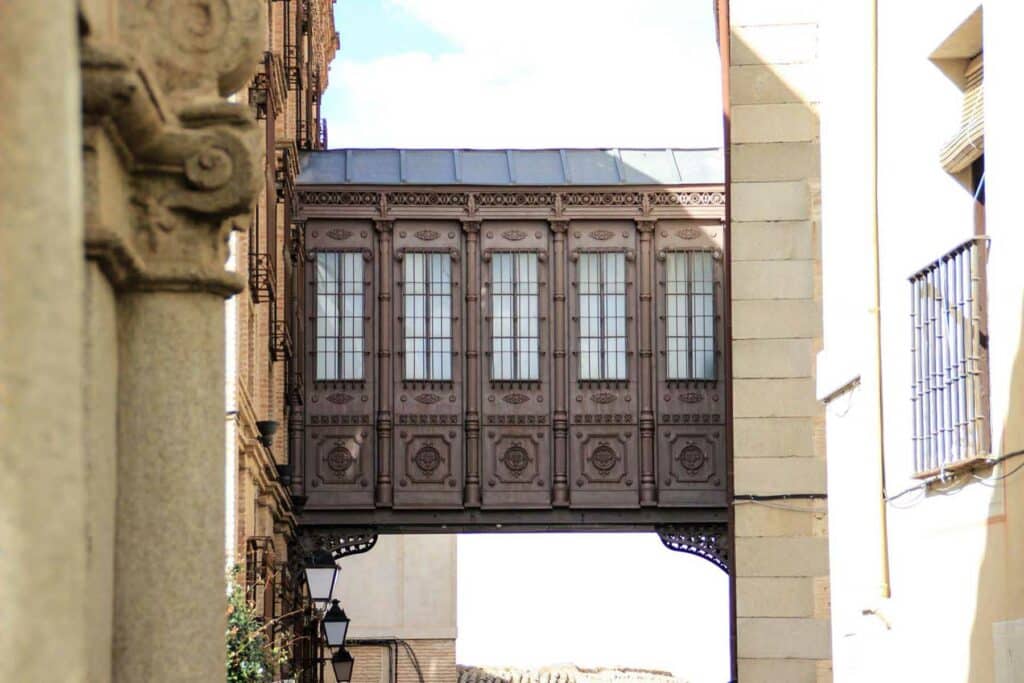
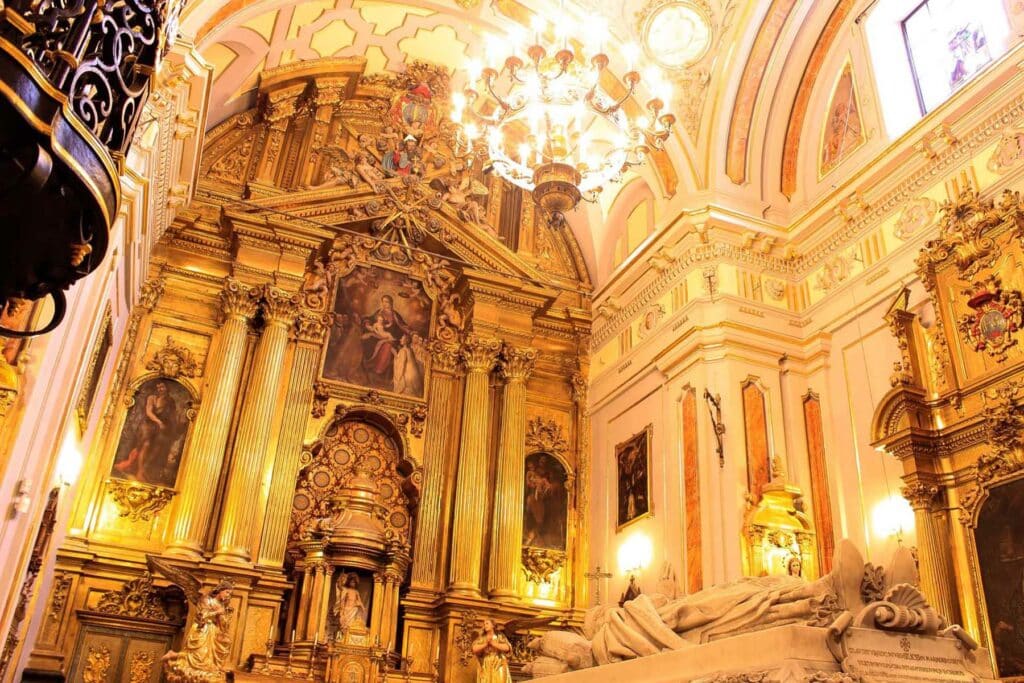
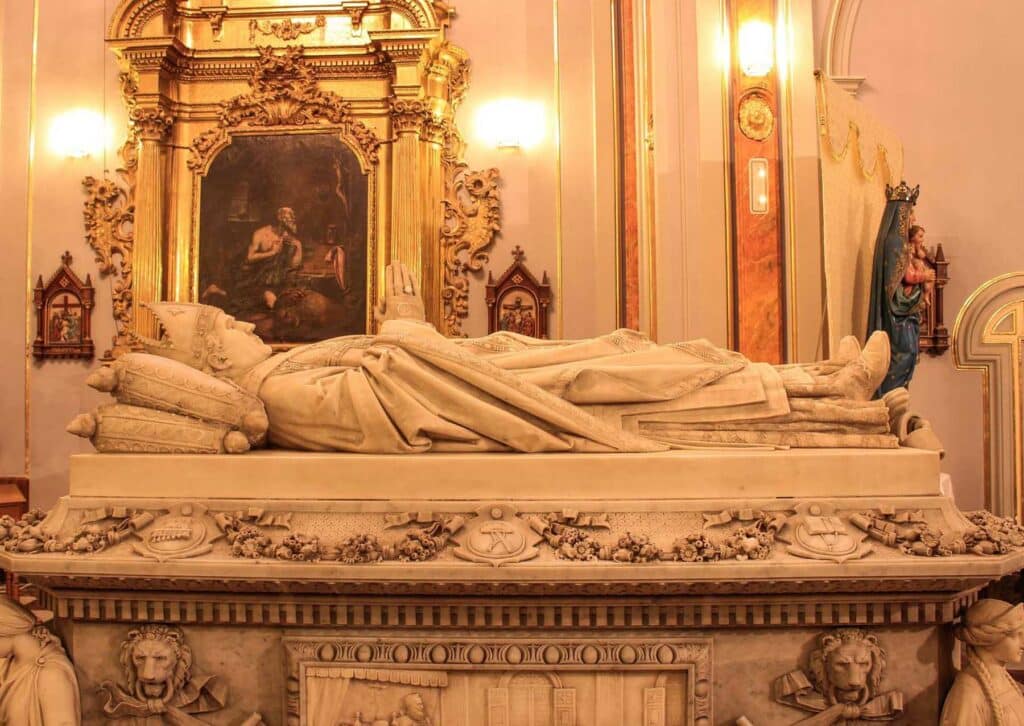
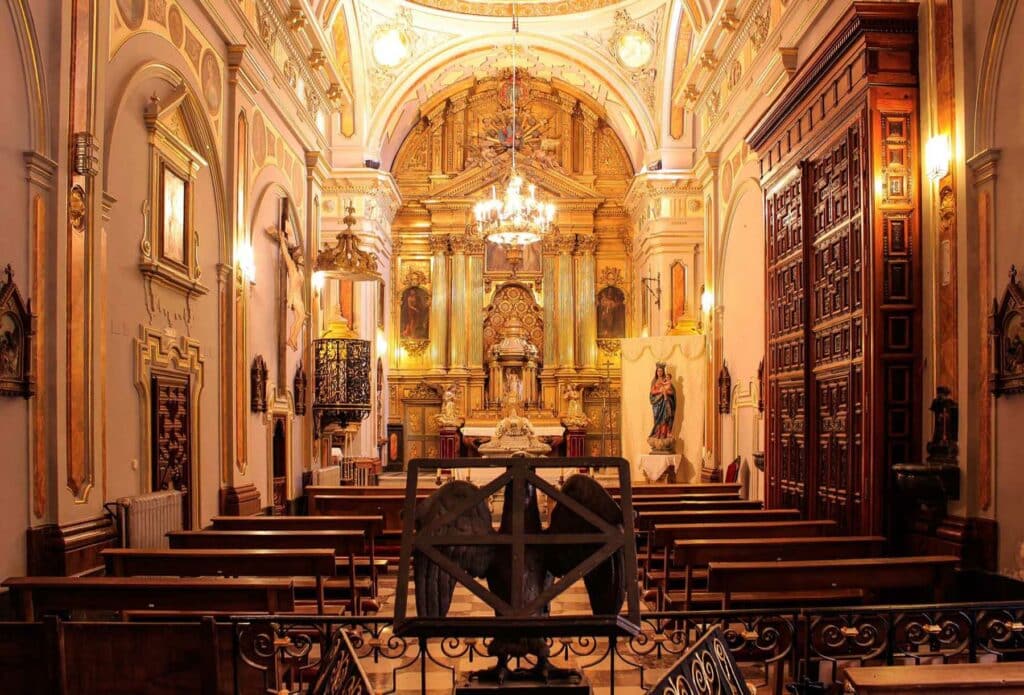
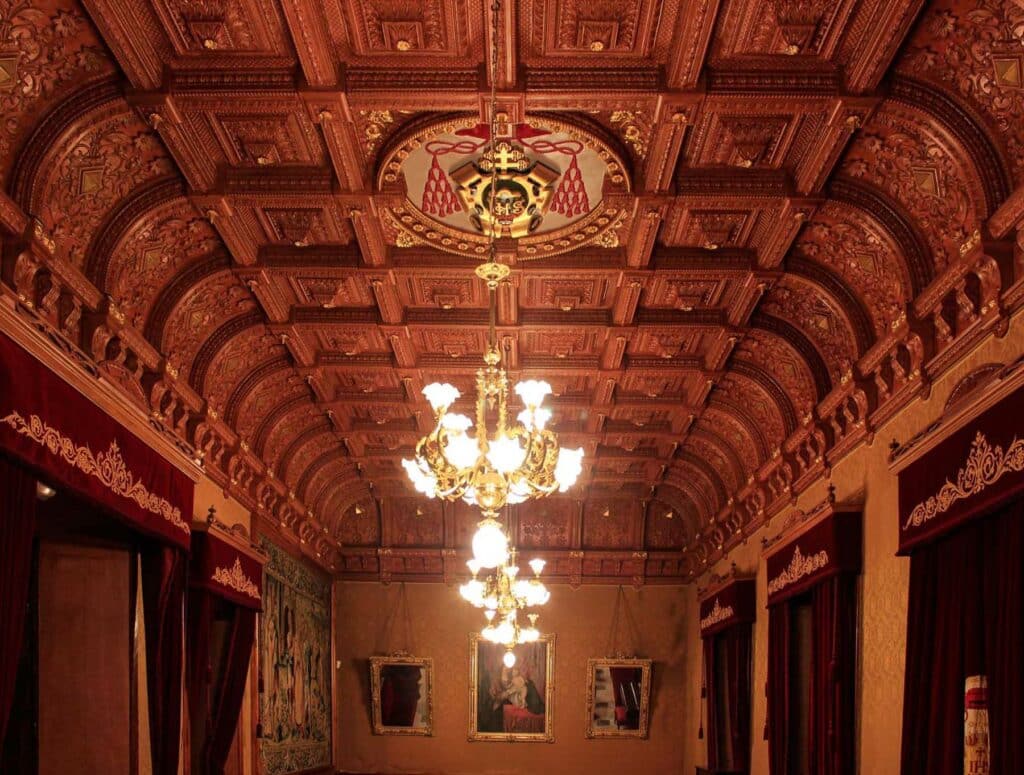
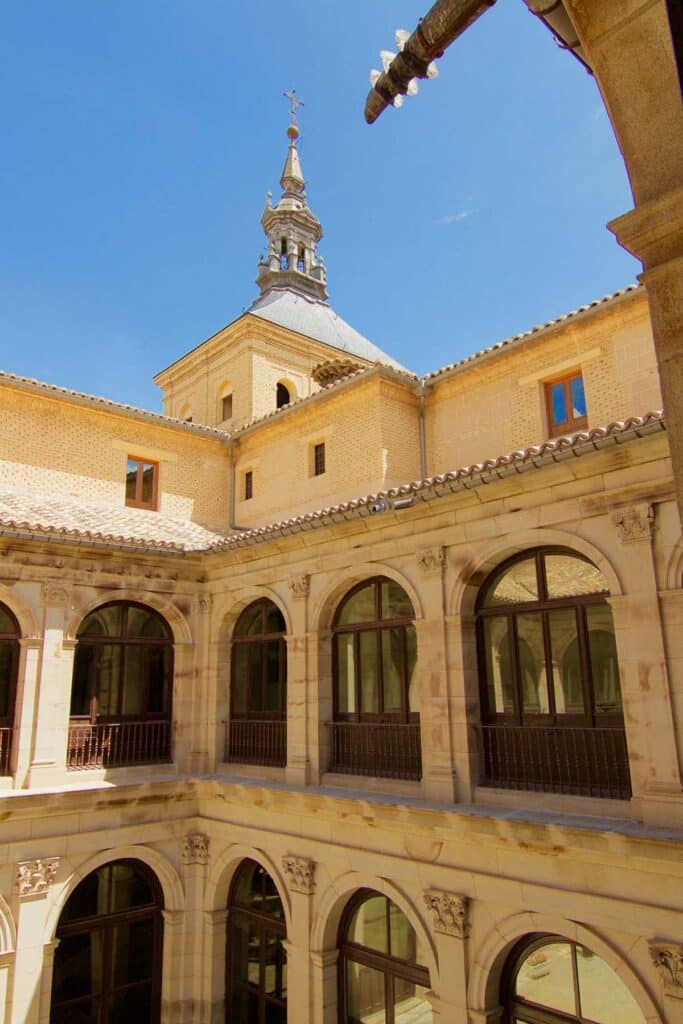
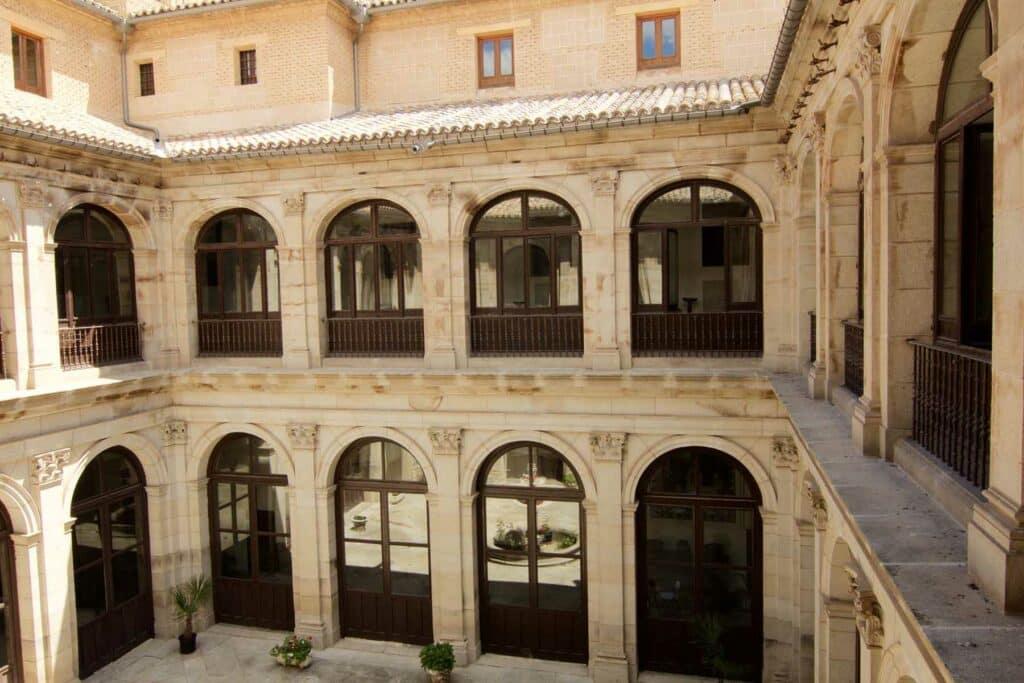
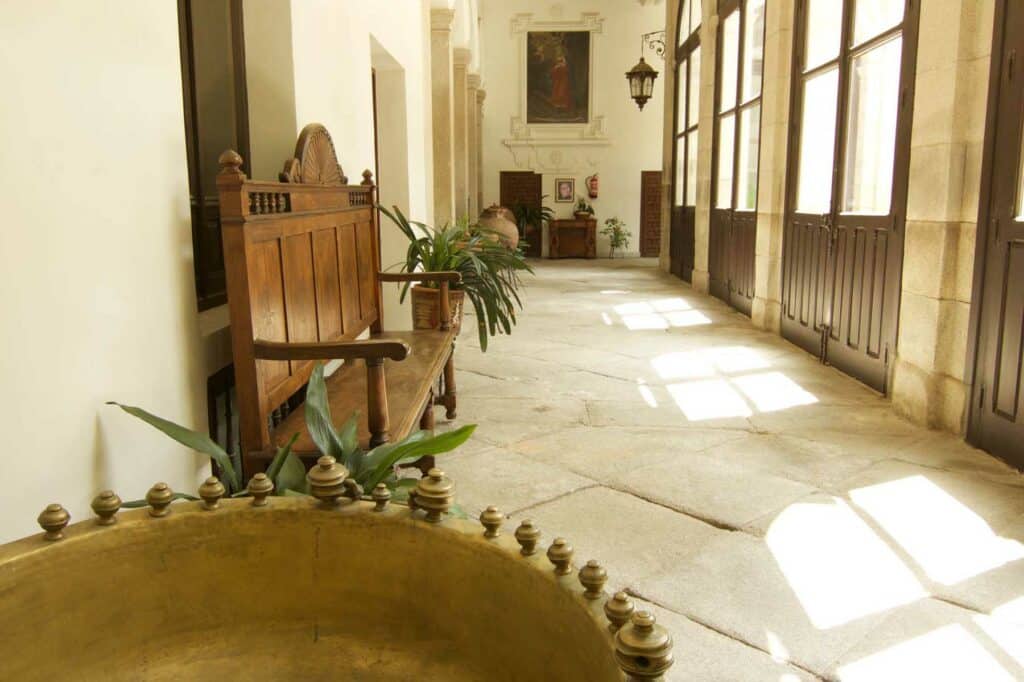
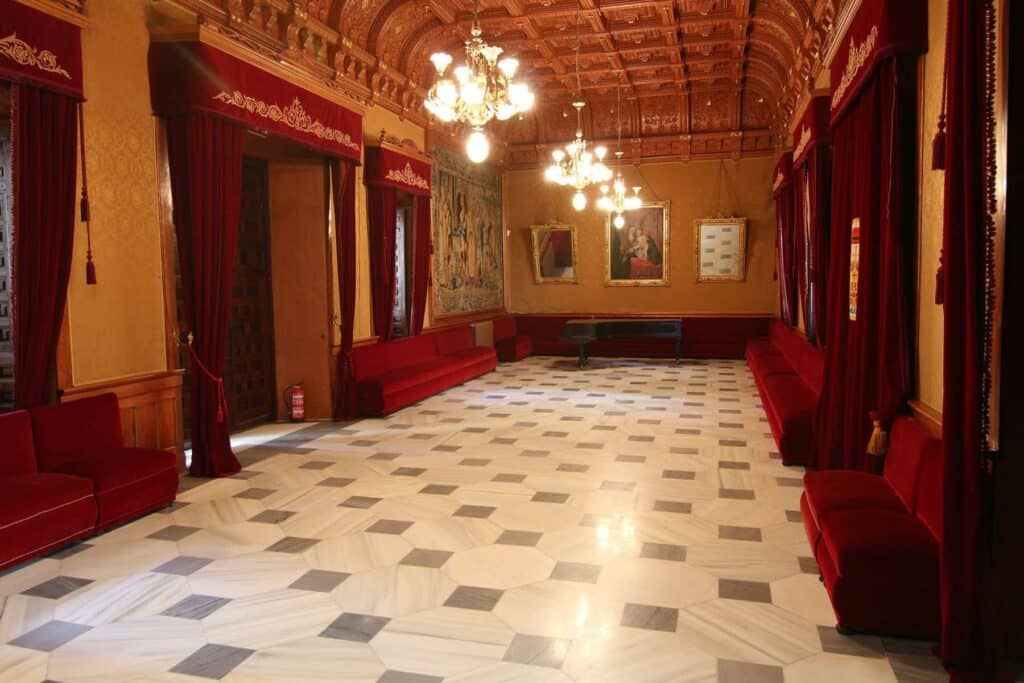
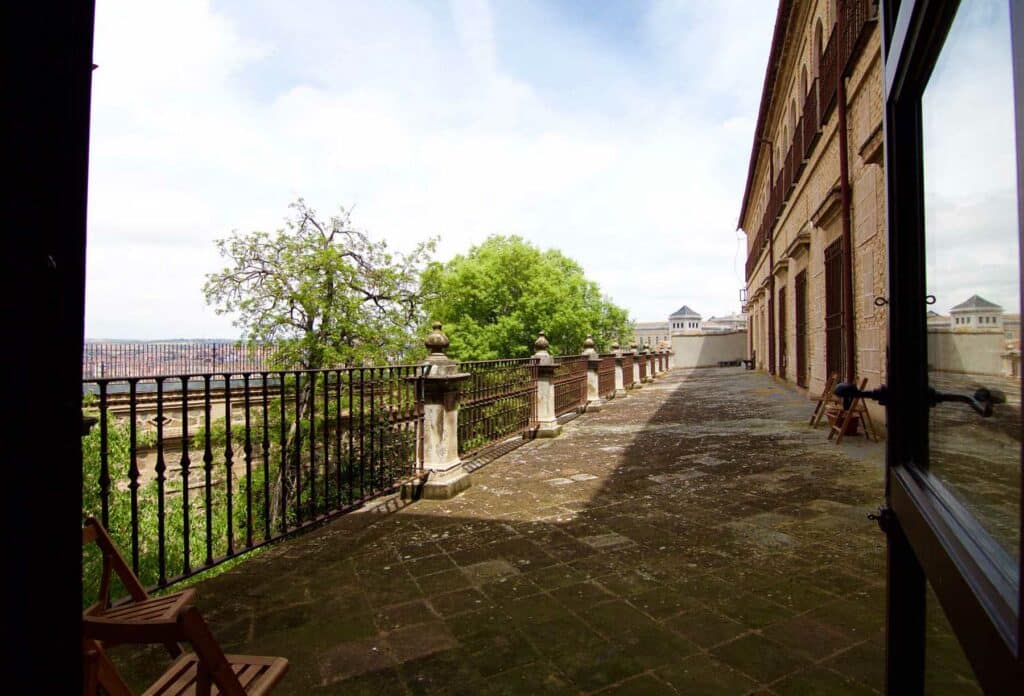
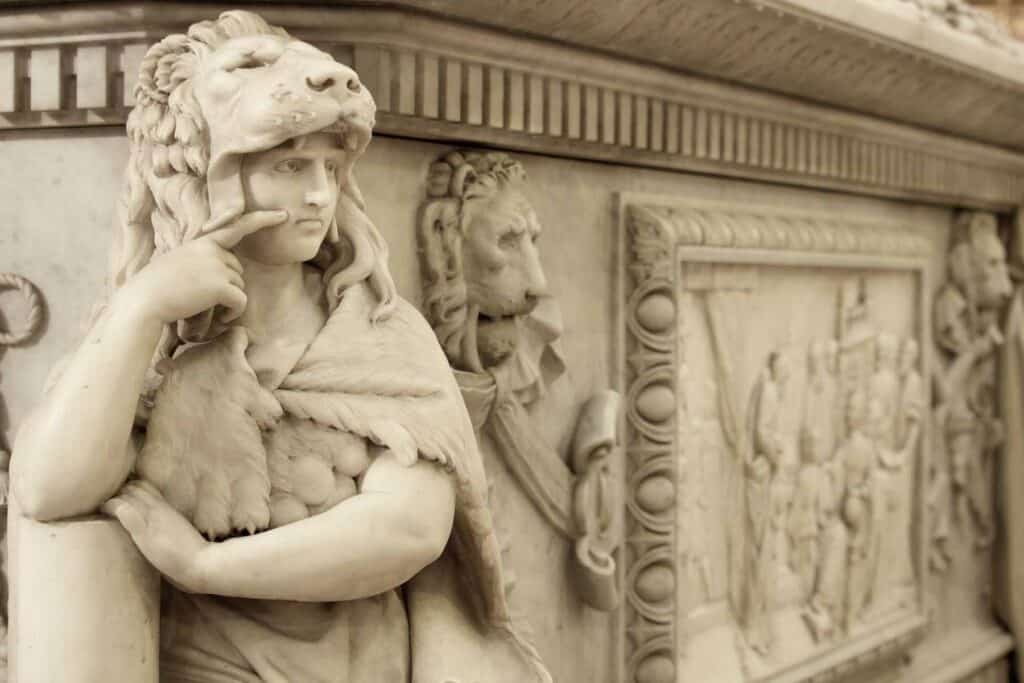
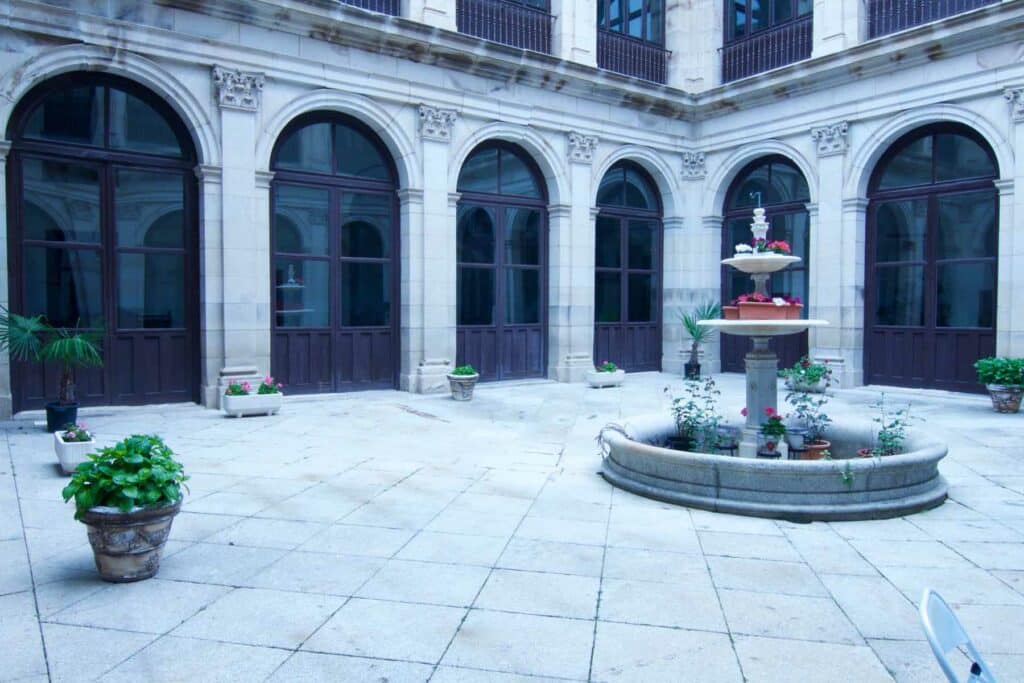
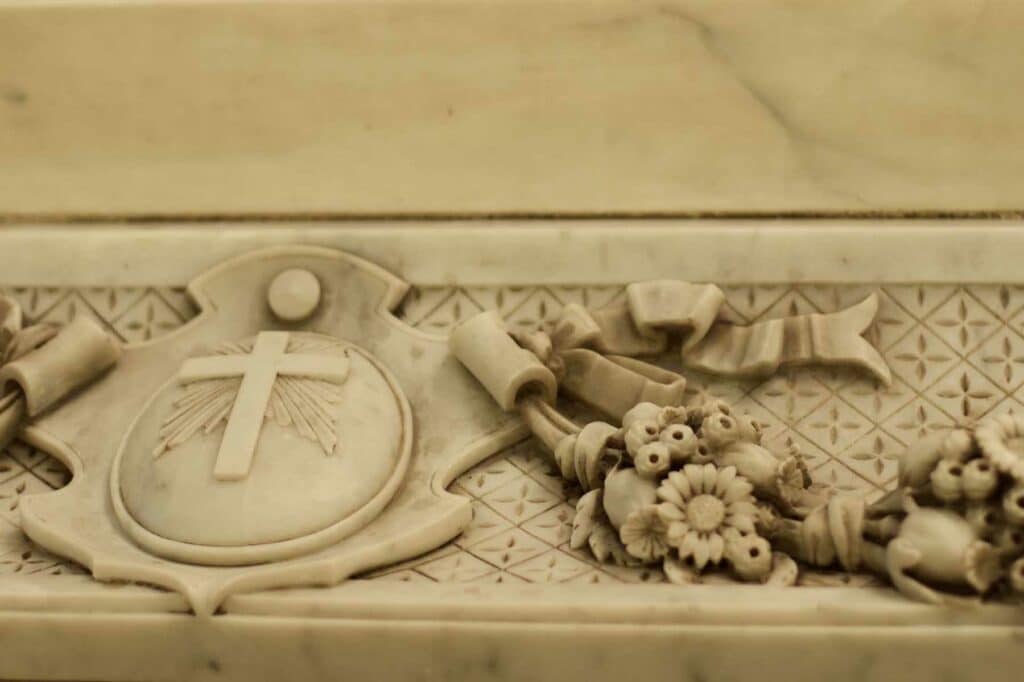
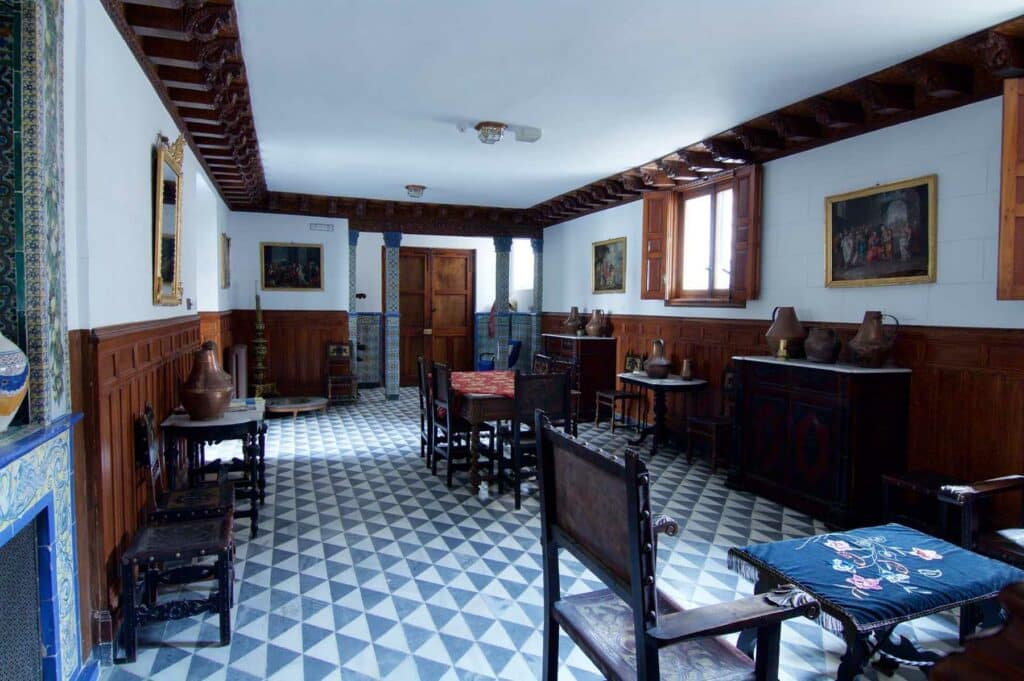
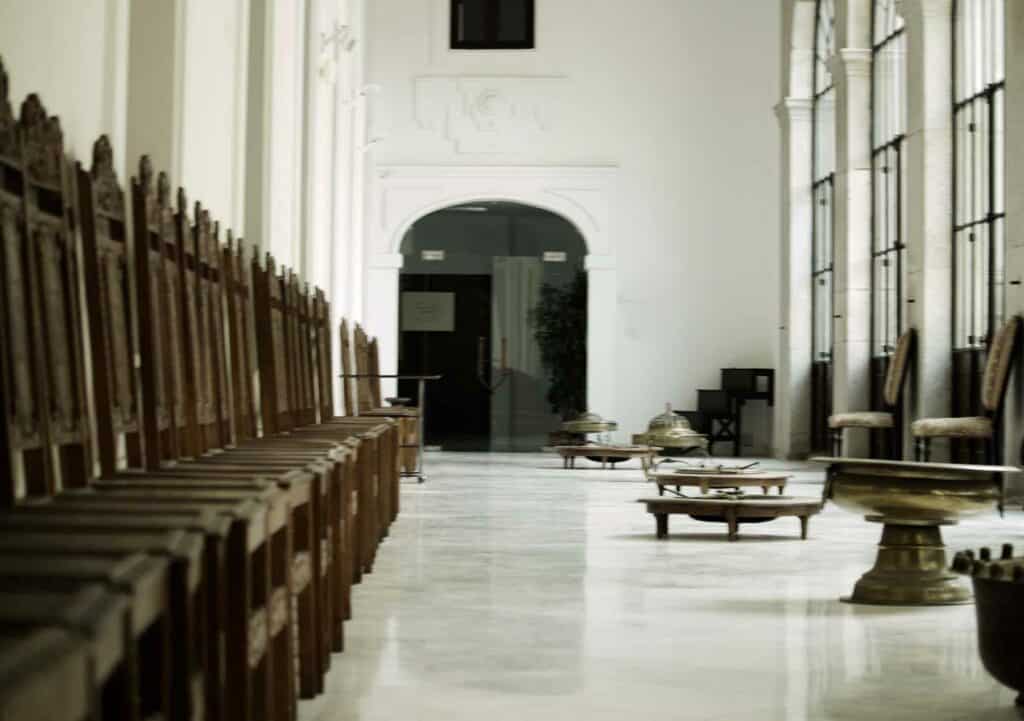
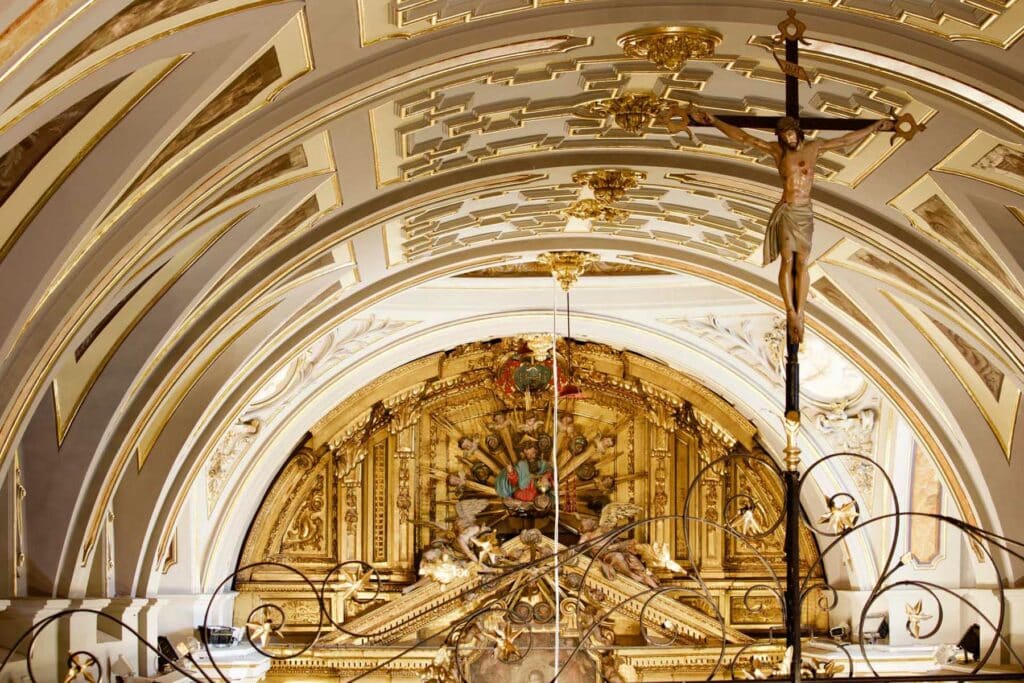
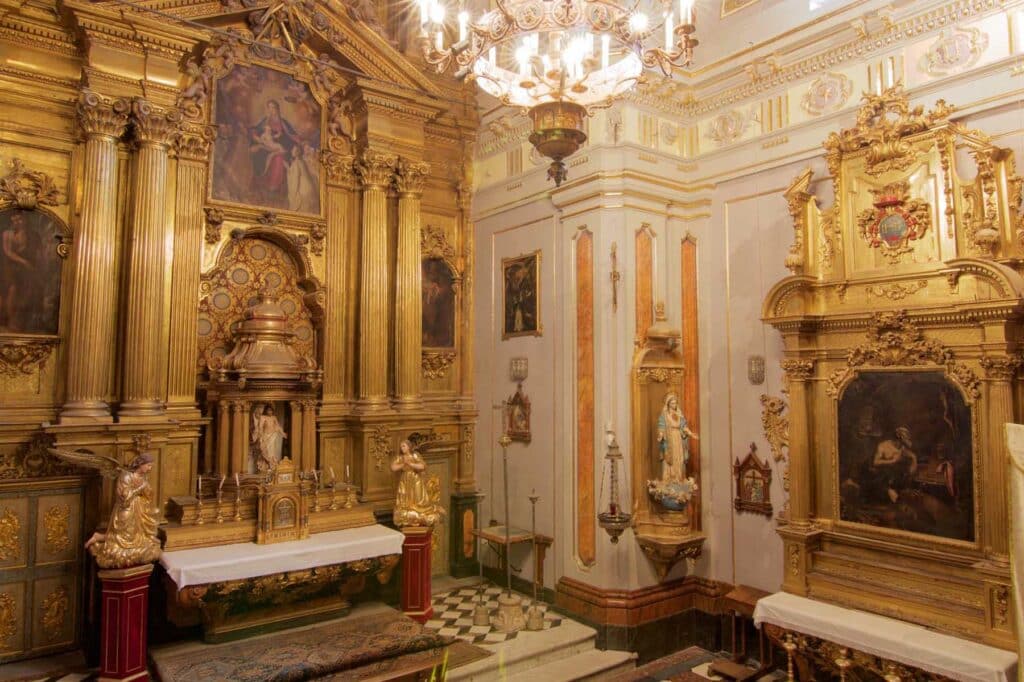
Virtual tour
Discover our best monuments as if you were there! Thanks to the latest technology you can enjoy an impressive 360º HD virtual tour. Get close to every corner and let yourself be surprised by every detail.
Contact details
1 March – 15 October
10:00 – 18:45
16 OCTOBER – 28 FEBRUARY
10:00 – 17:45 *.
Open from Monday to Sunday.
* During the month of July, it will be closed on Tuesdays and Wednesdays.
* Ticket offices will close 10 minutes before closing time.
* 1 January and 25 December closed.
* 24 and 31 December until 13:00
LOCATION
Prestigious education
for Noble Maidens
Cardinal Silíceo’s generosity led him to found the Colegio de Doncellas Nobles. It was a revolutionary concept as it brought lower classes to a distinctive educational institution.
The co-patronage of King Philip II, which is still preserved today in the figure of King Philip V, enables it to become one of the best colleges in Europe.
A building still unknown to many today, it opened its doors to the public in 2015. Among its many treasures with which it captivates all visitors, without any doubt, the collegiate atmosphere that still persists within its walls must be highlighted.
Even Cardinal Silíceo wanted to be buried here, due to the great affection he had to what it was his magnificent project. The impressive tomb that today holds his remains is unique in Toledo.
History
of the Royal College of Doncellas Nobles
The institution
The Royal College of Doncellas Nobles was founded by Cardinal Silíceo in 1551. It was intended to receive young girls of limited means from the archdiocese of Toledo and give them a Christian and human education. Years later, King Felipe II accepted the co-patronage of the institution, and was able to present maidens from other backgrounds to receive the same education.
The Royal College operated under the original statutes until 1988. It came to be considered one of the best colleges in Europe.
The building
The college was established in 1554 in the houses that belonged to Don Diego Hurtado de Mendoza, Prince Mélito. In the 18th century, Ventura Rodríguez concluded a complete refurbishment. On the facade, a Baroque door allows access to the church. Above the grille is a relief by the hand of Juan Bautista Vázquez the Elder with a depiction of the Virgin of Los Remedios.
At the beginning of the nineties, the building was adapted to become a university residence. In the square and nearby buildings, doors with coats of arms of Cardinal Silíceo that are reminiscent to other spaces used by the College in the past, can be observed.
Cardinal Silíceo
Juan Martínez Guijarro, or Silíceo, was born in Villagarcía de la Torre (Badajoz) in 1477.
He was an archbishop and cardinal of the Archdiocese of Toledo in the period 1545 – 1557 and is considered one of the great archbishops in the history of the Primate Holy See.
He came from a humble family of farmers. His studies took him to Valencia at the age of 17, to Paris at the age of 21 and to Salamanca as a lecturer at its University. In 1534, Charles I appointed him preceptor of Prince Philip (Philip II). In 1541, he was appointed Bishop of Cartagena and in 1545 Archbishop of Toledo. In 1556, Pope Paul IV named him Cardinal. He is considered an eminent humanist, mathematician and author of numerous publications.
He died in Toledo on 31 May 1557 and he wished to be buried in the church of the Colegio de Doncellas Nobles.
In the centre of his coat of arms is the monogram of Jesus IHS surrounded by 8 tongues of fire and a motto reading “Eximunt tangentia ignem” (the things that touch me draw fire). The cardinal’s galero is finished by red tassels.
Art in
the Royal College of Doncellas Nobles
Church
The chapel-church of the Royal College of Doncellas Nobles falls within the Renaissance and early Baroque style. It has a Latin cross floor plan, a barrel vault with lunettes and a transept on pendentives.
The main altarpiece contains the canvas of the Virgin and Child, together with the maidens and the founder. It is the work of Alejandro Sémino. On the sides, are Baroque altarpieces of the Our Lady of El Pozo (by Luis de Velasco) and Jerome (by an unknown artist).
Above the door leading to the courtyard is a portrait of Cardinal Silíceo. On both sides of the nave, in the upper part, there are medallions depicting saints from the Toledo tradition.
At the foot of the church is the chaplains’ choir, which was occupied by the council of up to 7 priests at the service of the Royal College. On a higher level is the choir of schoolgirls, protected by a grille that contains the cardinal’s coat of arms. The mezzanine that was needed to embrace the higher number of schoolgirls during the best years of the College, can be additionally observed.
Special and notorious mention shall be made of some canvases, stained glass windows, pulpit and gold leaf decoration throughout the space.
Two paintings by the hand of El Greco that were in this church until 1990, “Saint Francis and Brother Leon” and “Christ on the Cross”, now on deposit in Toledo Cathedral, are under the ownership of the Royal College of Doncellas Nobles.
Sepulchre of Cardinal Silíceo
The cardinal-founder of the Royal College of Doncellas Nobles, Juan Martínez Silíceo, who died in 1557, is buried in this mausoleum of white and grey marble.
He wanted to be buried “near the schoolgirls”. He has always rested in this place since his death, in a humble wooden box, covered by a black cloth and a mitre until the conclusion of this magnificent tomb.
The tomb is the work of the sculptor Ricardo Bellver y Ramón (1845-1924), who has thoroughly depicted the recumbent figure of the cardinal with magnificent details in his liturgical vestments, in the plant decoration, in two representations of the life of the college on either side and in the four Christian virtues sculpted in the corners.
Courtyard
The courtyard, designed by Ventura Rodríguez and executed by Eugenio López Durango, is built with granite ashlars. It has two floors with semicircular arches and pilasters with Corinthian capitals on the lower floor and segmental arches and composite capitals on the upper floor.
On one side, a ceramic plaque reminds us of the visit to the College of King Alfonso XIII on 27 February 1928, accompanied by the other co-patron, Cardinal Segura y Saez. Below it, a small room restored on the occasion of this visit. This room contains noteworthy paintings on copper, leather chairs embossed by the schoolgirls and stained-glass windows signed by D. Moragón and dated 1931,- in which the usual scene of the schoolgirls protected by the Virgin is depicted-, ironwork by Julio Pascual and a great profusion of ceramics by Ángel Pedraza.
On the opposite side, there are copper tools that were used to collect water from the building’s Arab cisterns. To the right, the start of a monumental staircase that must have once led to the most noble rooms.
On the side between the Alfonso XIII room and the staircase, there is a linteled door in baroque style that gives access to the noblest room in the building: the rectory hall. It is known as the Sala de Visitas (Visitors’ Room). It was the place where the relatives of the residents who visited them were received.
The galleries surrounding the courtyard are decorated with tiles depicting different passages from the Book of Proverbs.
Visitors' comments
Comments and opinions of visitors on the Royal College of Doncellas Nobles



Visit the rest of Toledo's outstanding monuments
Visit all monuments at a very special price?
WRISTBAND
Day visit of seven monuments for only 12€
